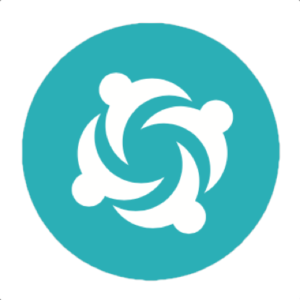Do your IT costs keep increasing but productivity is getting worse?
Are your critical business projects running late and over budget?
XAP is both a fast start for enabling high performance teams and a productivity supercharger for existing Agile teams and Scrums. It gives hands-on guidance in Agile best practices including Extreme Programming (XP), Lean Kanban, Behavior Driven Development (BDD) and Continuous Integration / Continuous Delivery (CICD).
As one of the four XSCALE pattern languages, XAP also integrates these disciplines with efficient stream and portfolio coordination.


